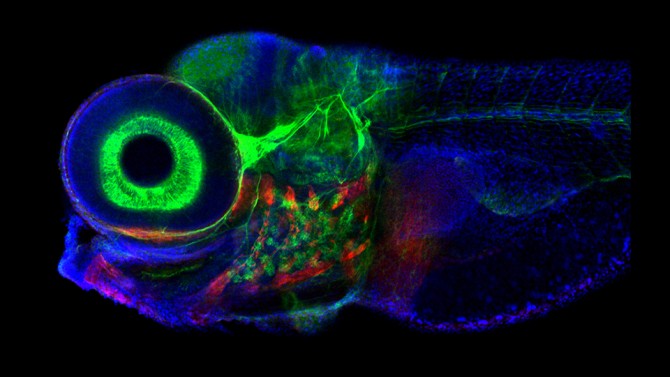NSW Department of Primary Industries (DPI) and the CSIRO have jointly launched an Australian-first digital tool that helps investment in the emerging bioeconomy.
NSW BioSMART (Biomass Spatial and Modular Assessment of Resources Tool) is an interactive, free online spatial tool on the DPI website that allows users to determine potential biomass residue availability and biomass crops in NSW, and their potential use for a range of applications.
Biomass is organic material that can be used for many things including renewable, bioenergy production. The development of a bioeconomy sector is an important contributor to emissions reductions and to the creation of new sustainable energy sources.
DPI Senior Research Scientist, Forest Science, Dr Fabiano Ximenes said the tool provided prospective investors and landowners with valuable information on opportunities for sustainably using various types of biomass in NSW.
“Europe is miles ahead of us in the development of biomass as a way to reduce carbon intensive energy sources,” Dr Ximenes said.
“However NSW is well-placed to take advantage of the opportunities in this emerging sector – there are large volumes of underutilised biomass resources that this tool will help investors identify and harness.
“There are also significant opportunities for growing biomass crops, such as native woody crops, which include fast growing eucalypts, mallees and acacias.
“By planting native woody crops on marginal land, NSW landholders have the opportunity to contribute to climate mitigation outcomes while earning extra income from low value land and supporting the development of regional economies,” says Dr Ximenes. “These crops can also help with water quality and soil nutrition, and they are often very water efficient and fast growing.
“The tool will help underpin the establishment of a sustainable biomass supply, as demand for biomass increases and fossil fuels are gradually phased out. It will also assist in achieving circular economy goals, as residue resources are better utilised.
“A better understanding of the potential spatial availability of this resource is essential for project developers, and also allows policy makers and academics to simulate a range of utilisation scenarios for NSW.”
The biomass data used in the tool is derived from the Australian Biomass for Bioenergy Assessment spatial data, as well as from other spatial data sources that identify land that is potentially suitable for woody biomass crop plantings.
According to the , it is estimated that the global value of the bioeconomy is approximately $US 4 trillion and by some projections its value will rise to $US 30 trillion.








